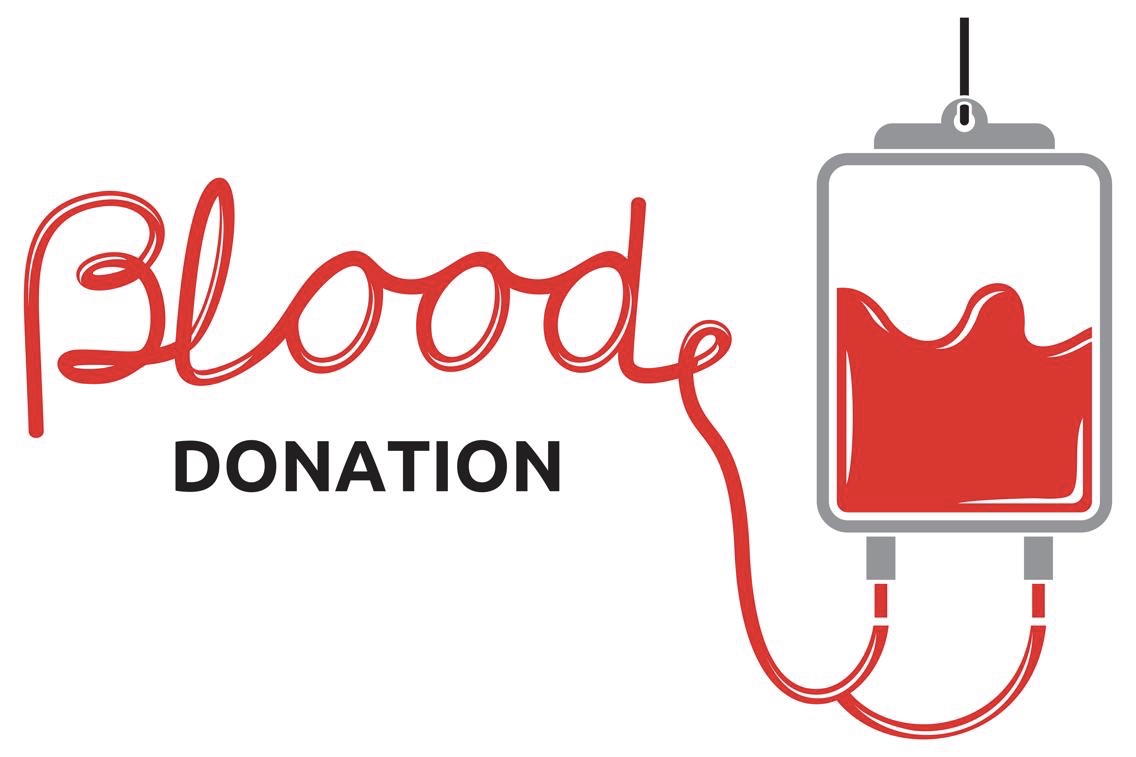
A needle prick can do what a spider bite can’t…… turn you into a superhero! Sometimes, not great power, a little humanity is enough to save lives. Donate Blood regularly. We know you’ve got it in you…….
This is an example of how a blood donation drive appeals to the innate nobility in people. They rope in celebrities and literally paint the town red with advertisement blitzkrieg. These campaigns have helped and although it is far from the ideal, our country is on the right track. According to a World Bank report, “India made a million more unpaid, voluntary blood donations between 2007 -2008.
Despite this, blood is in chronic short supply. The World Health organisation stipulates that every nation needs a 1% reserve. India, with its population of 1.2 billion people, needs 12 million units of blood annually but collects only nine million. This causes a 25% deficit that further rises to 50% in summers. Additionally, India faces severe shortage of blood during emergencies as many blood banks do not maintain the mandatory 25% buffer stock.
This shortage results in 1.5 million deaths per year and has spawned a breed of ‘professional’ blood donors. Although illegal, almost 40 percent of our blood requirement is met by these coerced, commercial donors who are responsible for transmitting diseases like HIV and Hepatitis. For India to join the fifty four countries who have achieved hundred percent voluntary, non-remunerative donations the government needs to establish a system where volunteers can give blood safely and feel gratified.
It is agonising that because of the paucity, family members have to run around and spend exorbitantly to get blood when needed. But more distressing is the fact that some of this invaluable, life giving fluid is wasted due to mismanagement. Hence the pertinent question is how much of the blood collected through voluntary donations courses through a patient’s veins and …..how much is chucked down the drains?
A recent RTI filed by an activist from Jammu revealed that nearly 2000 units of blood were wasted in two government hospitals between 2013 – 2015 . This, however is not the first time and not limited to Jammu. Similar petitions across the country have shown that approximately 5% of whole blood and 9 % blood components is similarly wasted.
In large blood donation camps the inability to maintain temperature of blood bags during transport and storage is the main culprit. This can be countered by maintaining blood donor registry instead of bleeding the donor so that fresh blood can be procured when needed. Also, some blood gets discarded because of sero- reactivity. Screening by rapid tests before taking blood could prevent this unnecessary act of collecting blood from infected donors and then dumping it. Lastly, many unused units languish past the 35 days expiry date and have to be destroyed. This is due to fluctuations in demand and lack of synergy between donors, blood banks, regulators, hospitals and receivers.
In our country the blood
bank services sector is highly fragmented and lacks co-ordination. Few blood
banks are accredited so uniform and rigorous testing facilities are absent.
India has approximately 2500 blood banks, only five hundred of which are “big
banks” collecting more than ten thousand units annually. The smaller blood
banks lack the equipment and technicians to separate blood components – packed
red blood cells, platelets and fresh frozen plasma so supply whole blood
instead. As a result whole blood is used more often, while globally components
are used 90% of the times. So a unit of blood which could save upto three lives
is being used to save one. Compulsory accreditation and regular audits of blood
banks will lead to proper inventory management, promote usage of blood
components and curtail indiscriminate wastage.
All the measures described above will greatly improve the blood banking scene
but the most effective step would be to make blood management ‘smarter’ through
information technology . The goal is to eliminate delays by creating a ‘web of
blood banks’. Blood remains in short supply during emergencies due to the lack
of information and accessibility. Networking can overcome this challenge by
effectively connecting the blood donors with the recipients. Once all blood
banks are included a person can find blood in a nearby bank at the click of a
mouse. Such networks exist in many countries and some Indian states and have
reduced blood shortage by 30-50%. This needs to be extended nationwide to
ensure optimum usage of blood. Also, a comprehensive online donor registry will
help volunteers respond to critical blood shortages in their community
Of the many excuses people give for not donating blood from the squeamish ‘afraid of needles,’ to the paranoid ‘may contract disease’ to the uncaring ‘ never thought about it’, no one has yet refused because they feared that their blood might go waste. We need to act before that happens and the donor sees red.
( published in Vidura Oct-Dec 2017 , a journal by the Press Institute of India)